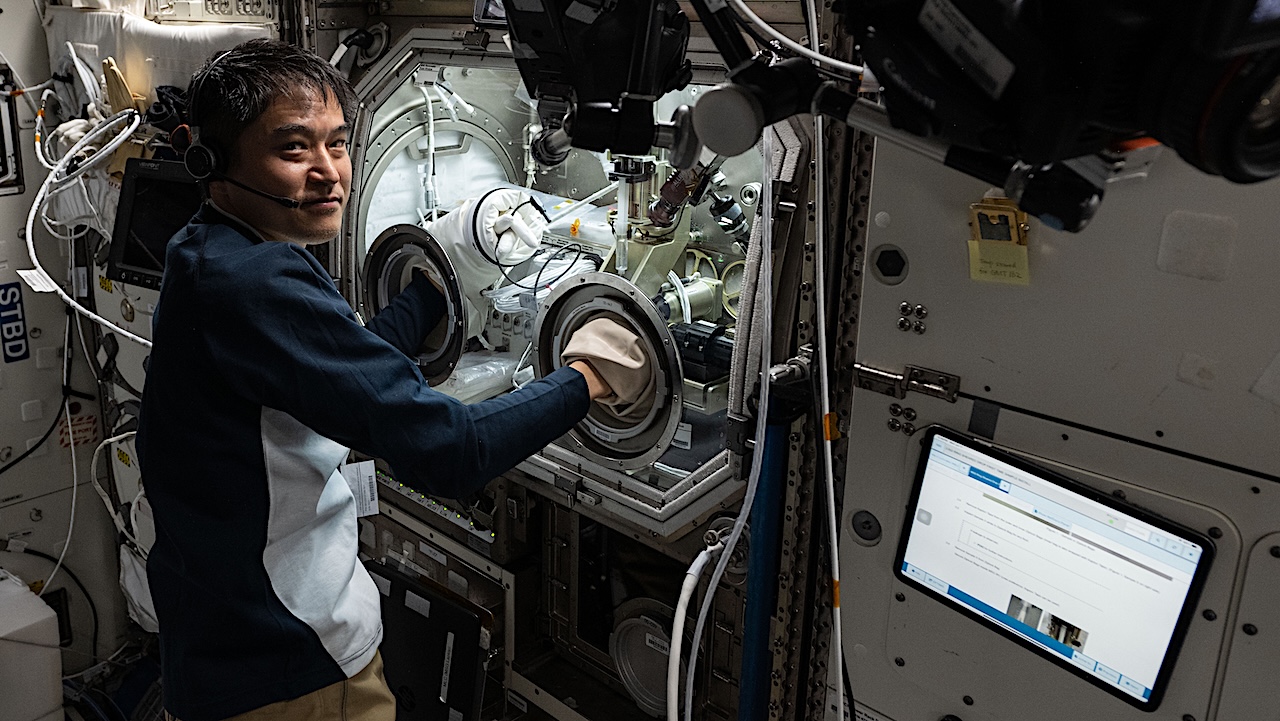A routine flight turned into a harrowing ordeal for 191 passengers and crew aboard a Japan Airlines Boeing 737, as the aircraft experienced a “violent” 26,000-foot plunge following a critical pressurization system failure. The incident, which led to an urgent emergency landing, underscored the rigorous demands on modern aviation safety protocols and the swift, effective response of flight crews in unforeseen circumstances.
The dramatic event unfolded on Monday evening when Japan Airlines Co. flight JL8696, operated by Spring Airlines Japan as a code-share service from Shanghai to Tokyo, encountered a severe irregularity. Cruising at an altitude of 32,800 feet (over 10,000 meters), the Boeing 737-800’s vital pressurization system malfunctioned, triggering an alert. This failure necessitated an immediate and rapid descent, bringing the aircraft down approximately 26,000 feet to about 3,000 meters in a terrifyingly short span of time.
For those on board, the experience was profoundly unsettling. Passengers recounted the sudden deployment of oxygen masks, a universally recognized signal of a severe in-flight emergency. The rapid loss of altitude was described by one passenger as so intense that their legs were “shaking,” vividly illustrating the physical and psychological impact of the unexpected midair pressure failure. Such accounts highlight the raw human experience during moments of acute air travel incident.
In the face of this severe challenge, the flight crew demonstrated exemplary professionalism and adherence to emergency procedures. Pilots promptly alerted air traffic controllers to the critical situation, initiating an immediate diversion. The aircraft was rerouted to Kansai Airport in Osaka, where it successfully executed an emergency landing around 8:50 p.m. local time, bringing a collective sigh of relief to all involved.
Remarkably, despite the intense and rapid descent caused by the system malfunction, all 191 individuals aboard—passengers and crew alike—survived the ordeal without any reported injuries. This successful outcome, as confirmed by Japanese government officials and reported by the South China Morning Post, is a testament to the robust design of the Boeing 737’s emergency systems and the effectiveness of established aviation safety protocols, including the automatic deployment of oxygen masks and the crew’s rapid response.
The incident serves as a crucial reminder of the continuous importance of aircraft maintenance, the reliability of onboard safety systems, and the rigorous training of flight crews. While rare, such events underscore that even with advanced technology, vigilance and preparedness are paramount in ensuring the safety of air travel, reinforcing public confidence in the industry’s ability to manage critical situations and protect its passengers.
Discover more from The Time News
Subscribe to get the latest posts sent to your email.






